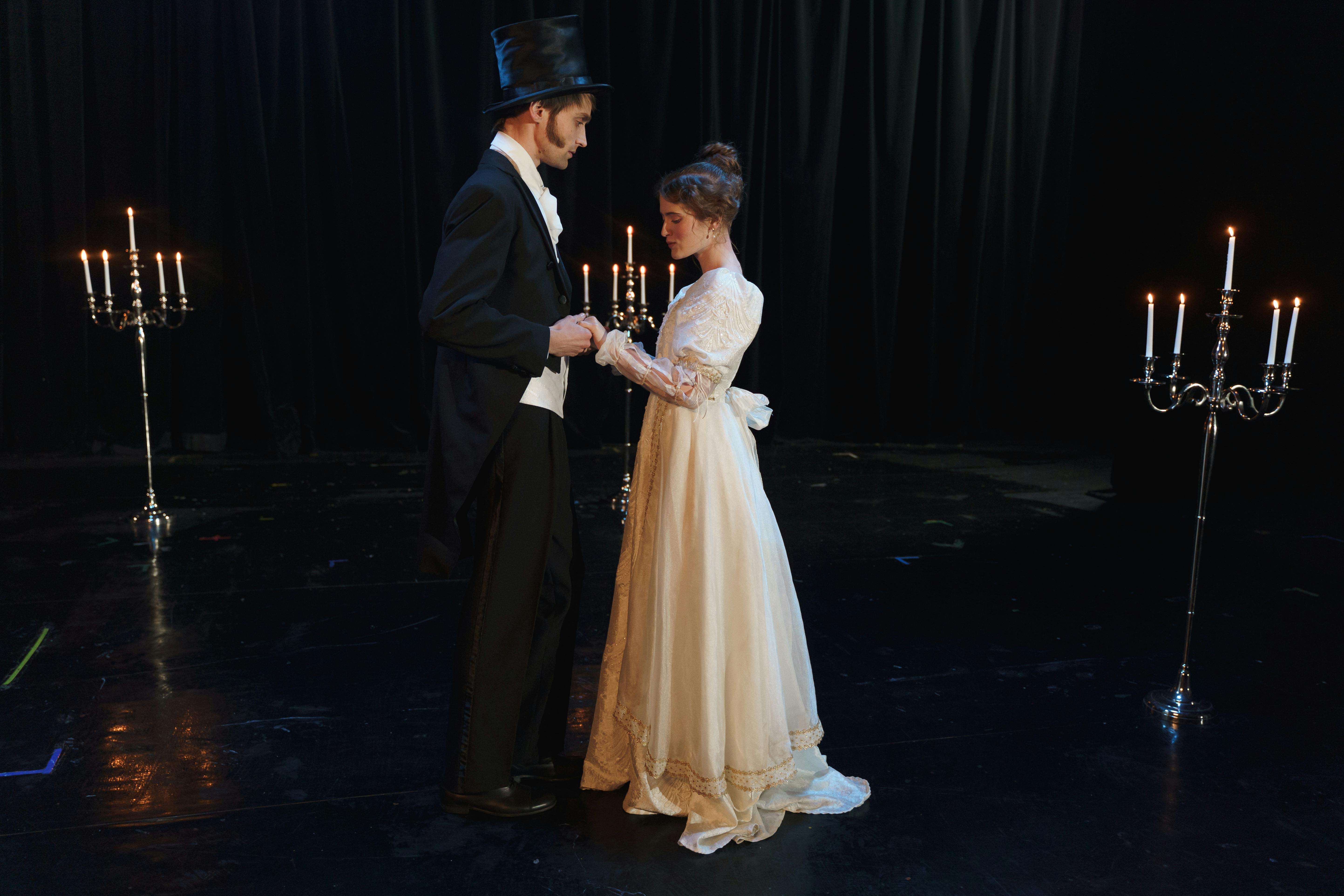For decades, from Motown to Funk to Disco to Indie Rock to singer-songwriter music, one of the elements that has made some tracks successful is the addition of strings to the mix. When used skillfully, this medium can enhance a piece of music, giving it a unique character and sound, lending power and emotion to a song. The strings are also used to provide the ‘hook’ or counter melody which adds a new dimension and variety to the music.
Many chart hits have a “wash” of strings in the background, used subtly without being particularly prominent, and based on simple chords. There are also countless examples where sampled string sounds have been used to great effect, from the atmospheric Mellotrone of the 1960s to high-tech solutions used in modern music. Even the synthesized strings, without pretending to be real, have also distinguished many pop and rock classics.
Despite great advances in sampled string technology, many producers and artists still prefer to use the “real” thing: professional studio musicians drawing on their experience to create a rich, authentic addition to a track. By using live musicians it is possible to be much more versatile and include articulations or ’tilt up and down’ that only sound authentic on a real instrument.
The first thing to note is that the family of stringed instruments that make up a standard string ensemble (violins, violas, cellos, and double basses) have a lot in common but function differently than the guitar or keyboard. They are tuned in fifths, which means you count 5 notes, including the note itself, to get to the next string. The violin shares its bottom three strings with the viola, while the cello is exactly one octave below the viola. It is also important to know the range of each instrument. About three and a half octaves will sound comfortable as a section, and it’s important to understand how the sound quality is affected by the pitch of the notes. High notes will sound thinner and punchier, while the lower register may sound thicker or richer. As an example, much of the disco music of the 1970s makes use of the higher register of the violins in particular.
The next consideration is the clever and sometimes tricky business of chord spacing for a string section. This is where many string arrangements can fail: done poorly, the effect can sound empty or thin. The violins are divided into two sections, the ‘first and second violin’, as found in a symphony orchestra. The first violins can often be in unison or an octave higher than the melody, with the second violins playing a supporting countermelody. Rather, the first violins could be playing the countermelody with the other three parts completing the chords. Note: In a chord, each instrument can take one or two notes depending on the fullness or effect required. Even on these chords, the string arranger has to make sure the cello part doesn’t jump out too much; although the bass can still provide the bassline, the cello part will still be very effective for moving to the step or as a melody. line.
Another important aspect is understanding the articulations necessary to get the best out of stringed instruments. Think of it as monochrome versus color. Without slurs, staccato, spiccato, and pizzicato (all the standard effects that string instruments commonly play), the sound can become dull and uncharacteristic. The best string arrangement uses intimate knowledge of the instruments and can sound vivid, exciting and detailed. Often when a string section has been composed on a keyboard instrument, it may sound somewhat fixed and primarily chordal in nature, without the moving parts that strings naturally have.
Strings have been used in almost every genre of music, from jazz to heavy metal, rap, and of course classical music. Genres such as bluegrass, cajun and folk often feature a violin solo (the name ‘fiddle’ is interchangeable with fiddle), with an idiomatic style based on sliding into notes, the use of quick double stops (where more than one note is play simultaneously played) and subtle trills with fast snatched notes. Sometimes individual strings, one from each instrument as in a standard string quartet, can be an option to bring out each player’s beautiful solo sound. This can be used for more intimate song styles, such as one with acoustic guitar and vocals.
Here, the use of solo instruments is often more appropriate than that of a large string orchestra, as it brings a soulful feeling and adds a more contemplative mood. For broader style music, a string arranger can write a great orchestral-type sound, like a rock ballad or movie soundtrack. If budget is not an option, a section of thirty to forty session musicians may well be used. In other cases, a high-quality sampled string library can often provide an excellent string performance, though it lacks the human touch, and many producers hire a handful of professional musicians to overlay some real takes to add the articulations and feel. to make it sound more convincing. When the strings are just part of a mix with other instruments, this can be a cheaper solution than hiring a full orchestra.
With modern studio technology, an increasingly popular method for those funding their own projects is to use a few musicians who can perform multiple overdubs to create a bigger sound. However, it is highly recommended that the musicians who are asked to do this are extremely precise professionals, to ensure that the end result is not messy; They will also need to vary the sound quality and bow to add character and mimic a variety of different players within the section. With this approach, musicians must have perfect tuning and excellent sound range to create a realistic end result.
The professional string arranger will have an idea of when the strings should be dominant on a track and when they should back off to a more supportive background sound. The arranger must know when the texture needs to be sparse and identify times when the strings can come alive and be dense or intricate. Rather than just adding basic chords, strings can be used to provide the hook or counter melody, and in some cases this can completely transform a piece of music, making it instantly memorable.
Although many bands and artists are knowledgeable about music theory and orchestration, thus making their own string arrangements, it is important to remember that a skilled string arranger will have years of training and may achieve better results. After all, if a group is taking on the hiring on a real string section, you’ll want to make sure you get the full potential out of the players. The music must be composed and orchestrated correctly to suit the instruments so that any session musician can simply sit down and play it correctly the first time, saving valuable studio time.




Recent Comments